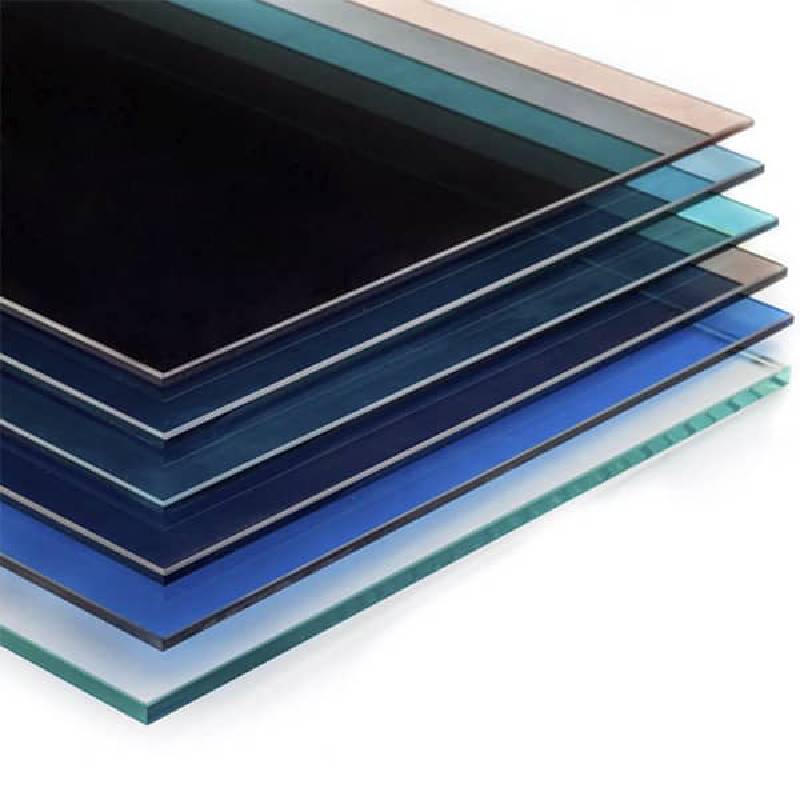

The Importance of Float Glass in the Glass Industry
Float glass plays a pivotal role in the modern construction and manufacturing industries, revolutionizing the way we think about glass in both practical and aesthetic terms. This innovative glass is produced through a unique process where molten glass is floated on top of molten tin, creating a smooth and uniform surface. The result is a high-quality glass that is not only transparent but also robust and versatile in its applications.
The Importance of Float Glass in the Glass Industry
Float glass also boasts excellent durability and strength. The uniform thickness produced during its creation contributes to its resistance to thermal stress and impact, making it a preferred choice for both residential and commercial buildings. It can be utilized in a variety of settings—from residential windows to skyscraper facades—where safety and performance are paramount concerns. Moreover, advancements in float glass technology have enabled the production of tempered and laminated variants, further enhancing its strength and safety features.

Sustainability is another critical aspect of the float glass industry. As environmental consciousness grows, the demand for sustainable materials is on the rise. Float glass is 100% recyclable, making it an eco-friendly option compared to many other building materials. The recycling process for float glass is efficient, allowing it to be melted down and reformed into new glass products without sacrificing quality. This closed-loop approach minimizes waste and reduces the consumption of raw materials, contributing to a more sustainable planet.
The versatility of float glass extends beyond its traditional uses. In recent years, the technology has evolved to include a variety of treatments and coatings, enabling innovations in solar control, energy efficiency, and even decorative applications. Low-emissivity (Low-E) glass, for instance, is designed to minimize the amount of infrared and ultraviolet rays that pass through the glass without compromising visible light. This feature not only enhances energy efficiency in buildings but also reduces heating and cooling costs, making it a smart investment for homeowners and businesses alike.
In addition to its functional benefits, float glass also offers aesthetic versatility. Available in numerous finishes and tints, it allows architects and designers to play with light and color, creating innovative designs that capture the imagination. Whether used in sleek modern buildings or intricate historical restorations, float glass adds a touch of elegance and sophistication.
In conclusion, the float glass industry is a cornerstone of modern construction and design, merging functionality with aesthetic appeal. Its clarity, strength, sustainability, and versatility make it a preferred choice for architects, builders, and homeowners alike. As technology continues to advance, we can expect to see even more innovative applications of float glass, helping to shape the landscapes of our cities and the interiors of our homes for years to come. This remarkable material not only enhances our environments but also contributes to a more sustainable future, underscoring its importance in our daily lives.